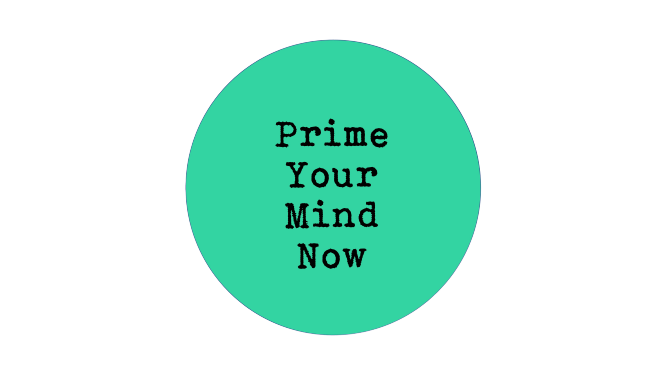Singapore Art Museum Project Happiness Series Part 1: Art and science of meditation

Last year, I had a fun year in many ways. On reflection, I enjoyed one project more than others – that was working with Singapore Art Museum.
This was still during the height of the COVID-19 pandemic and we were forced to stay indoors. The only way I felt I could help others whilst sharing this feeling of isolation was to write. And I wrote. Enter Project Happiness – this was an initiative by Singapore Art Museum to instill more wellness offerings to the community that was linked with their art collection.
But this was no ordinary art and meditation project. Because Singapore Art Museum wanted to tie in the experience with a scientific approach. One wholesome experience that could link both art and meditation. They certainly didn’t want a wishy-washy approach or one that was backed by religious connotations.
To meet this goal, they tapped into my expertise of understanding the meditation phenomenon as a practitioner, a teacher and as a researcher. This became a very fun process indeed. In this article, I begin by explaining how we have moments of contemplation when we enter a museum. This process of contemplation is exactly the same as what we would do in meditation. So nobody can argue that they have not meditated before in their lives.
I then explain the meditation process of how it is cyclical, and that overtime with expertise, it requires less and less effort. Which brings about the possibility of experiencing a flow state, i.e. a concept where the perception of time may change or that activities performed seem effortless.
I also took the time to reflect on an in-session practise session done in June 2020 where I managed to slightly modify a traditional Yoga Nidra practise with one of enhanced visualisations, leading to a stronger imprint effect of the artistic piece within the mind. In all, the goal was to enhance/ train your attentional function.
I’ve attached the direct link to the article on the SAM blog for you to read. Several other parts will ensue.
The art and science of meditation
Enjoy!
Russell Chan


